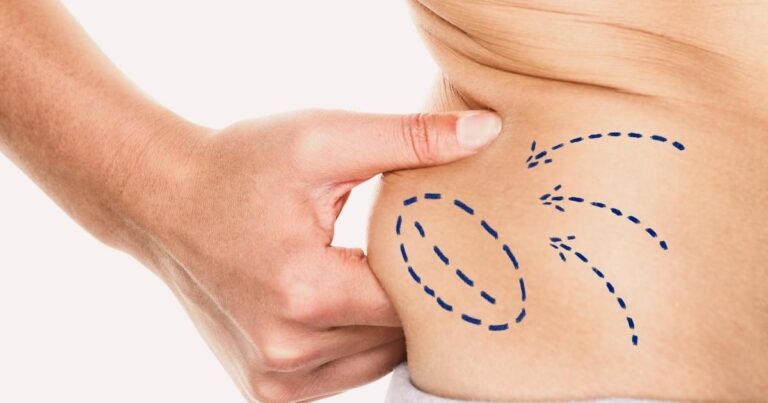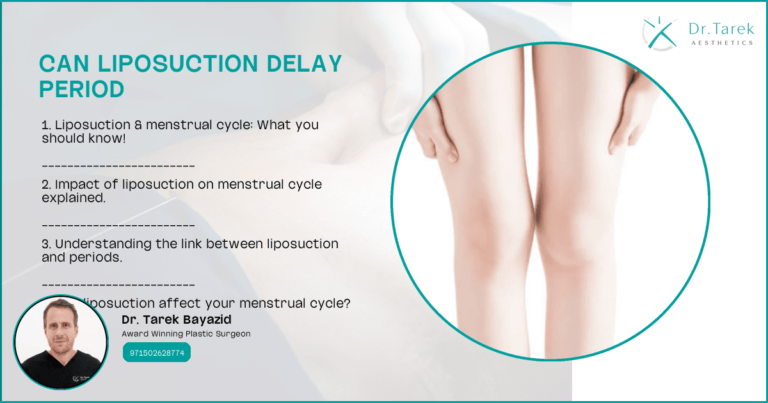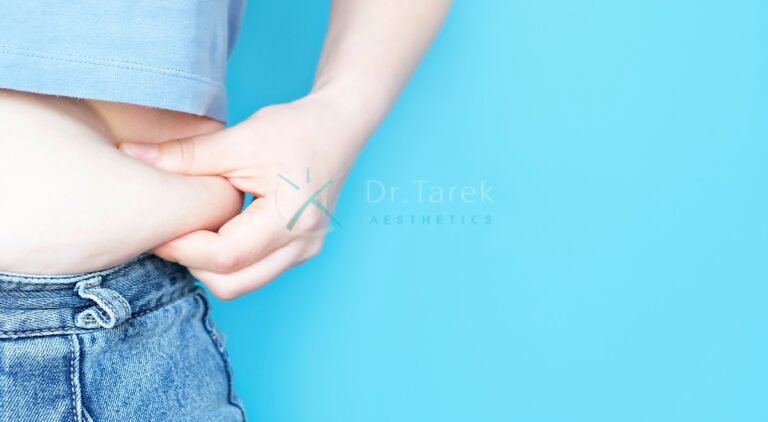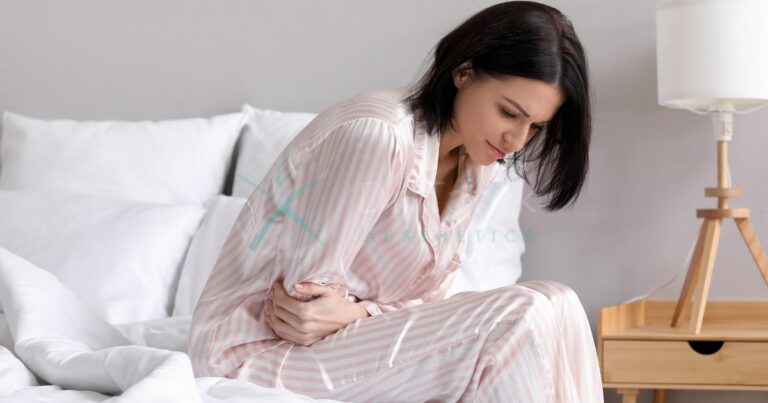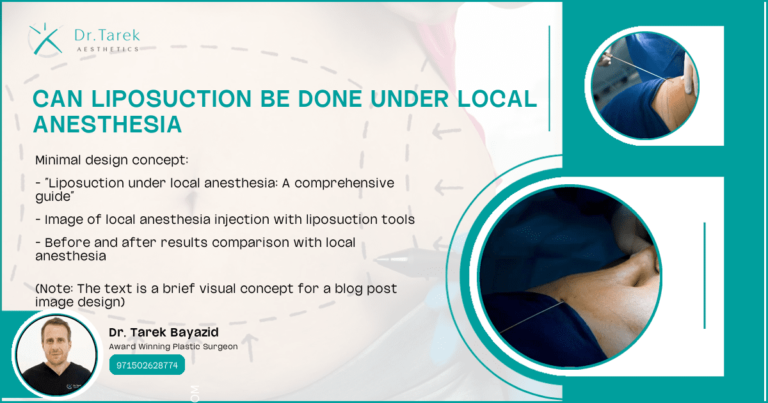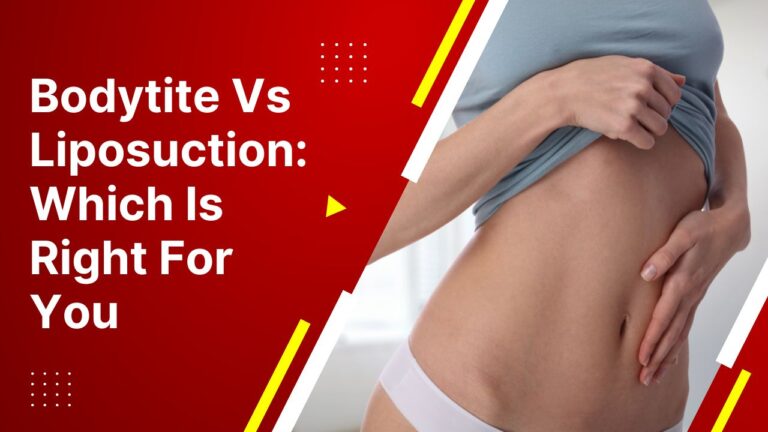As with any other surgery, it’s critical to understand what to do after liposuction and how to incorporate the proper exercises gradually.
Each person’s body is unique, and every surgery necessitates a period of recovery. Following a liposuction procedure, your body adjusts to life without excess weight. Dr. Tarek Bayazid offers the following advice for an effective liposuction recovery journey.
Eat A Balanced Diet And Hydrate
The right foods, beverages, vitamins, and nutrients aid healing and are crucial for a speedy recovery. Additionally, most of your body’s pain and strain during recovery is brought on by inflammation.
Consume anti-inflammatory foods to reduce pain. Before your procedure, prepare or stock up on these delectable foods:
These foods will give your body the necessary nutrients to repair itself and become stronger, removing any obstacles to your recovery. Making the right food preparation includes selecting the proper fluids. Your body needs water constantly, but especially after surgery, water is the best fluid.
Book A Consultation With Dr Tarek Bayazid
Top-rated Plastic Surgeon For Liposuction in Dubai
Installment Plan Available
Remain Mobile
Over the first 24 hours after liposuction, give your body time to rest and heal. Light activity, such as quick, short walks, can help hasten the body’s healing process. Over the first few weeks, you should refrain from strenuous exercise. Your surgeon can guide you when resuming physical activity.
Avoid Tight Clothes
To ensure a quick recovery, knowing what to wear is equally important. Overly snug clothing can aggravate your skin and hinder your recovery. Wearing loose-fitting and comfortable clothing is advised by many surgeons to ensure your comfort during the healing process.
Undergo Lymphatic Massage
Lymphatic drainage massage, which focuses on releasing accumulated toxins from the lymph nodes, has been shown to hasten healing while lessening patient discomfort and pain. This kind of massage, which must be performed once a week, has also strengthened the patient’s defenses against infection by increasing their immunity.
Strictly Follow Your Surgeon’s Instructions
Your surgeon will provide post-care instructions to ensure that the healing process goes smoothly and that you recover quickly. After the procedure, a compression garment is usually offered.
Even though the garment might be a little uncomfortable, wearing it for as long as it is required, except when showering, will help enhance the surgical results and reduce bruising and swelling.
Avoid Alcohol And Smoking
Avoiding smoking and alcohol is crucial if you want your body to heal quickly. Smoking tobacco slows recovery and should be avoided for at least a month following surgery.
Dehydration from alcohol consumption can impede your ability to recover. For the first few weeks following your liposuction procedure, abstain from alcohol because it can make scars more noticeable.
If you need help quitting smoking or drinking, you can be provided with resources to help you kick the habit.
Take Prescribed Pain Medication If Necessary
After your procedure, you’ll feel exhausted and sore. Take the prescribed pain medication. It’s essential during the first couple of days after the process. Afterward, you can manage mild pain with over-the-counter drugs.
Any prescribed medication must be taken strictly following the surgeon’s instructions. Always seek clarification from your surgeon if you have any questions about the specifics of your recovery process.
Avoid Bath Tabs Or Other Still Water
It’s important to avoid soaking in a bath or other still water. However, you can still shower after a few days. It is inadvisable to submerge yourself in water until your incisions have closed and healed to avoid infection and increased scarring.
Seek For Assistance
It’s imperative to have assistance at home for the first few days. Ask a friend or member of your family if they can stay with you for one or two days before the procedure.
If you have any, you will require assistance with your young children for the first week. Additionally, you must have someone drive you home after surgery.
- Treat the Affected Areas 48 Hours After Surgery
Although liposuction is a relatively simple procedure to recover from, you will experience mild to moderate pain for the first 48 hours. As part of a pain management strategy, your surgeon might recommend medication. Additionally, you can take acetaminophen, an over-the-counter medication.
Contact your surgeon if your pain does not begin to subside after the first two days. You might notice fluid coming from your incisions on the first day following your surgery. There is no cause for concern because this is entirely normal. Additionally, you’ll likely notice bruising near the incision sites. Within a week or two following the procedure, these eventually heal.
Conclusion
You can get the best results by being more aware of what to expect during the liposuction recovery process. Painkillers that a doctor prescribes can help reduce any discomfort. As mentioned in the post, among other routines, you might be told to wear a compression garment to help with swelling control and healing.
At Dr. Tarek Aesthetics, you will receive a package of complimentary LPG and endermologie massages before surgery to help the tissue heal better and minimize risks. Additionally, a bundle is administered following surgery to drain all the swelling and bruises that typically develop after a procedure to hasten recovery and ensure better outcomes. Contact us to book a liposuction consultation today at an affordable cost.


